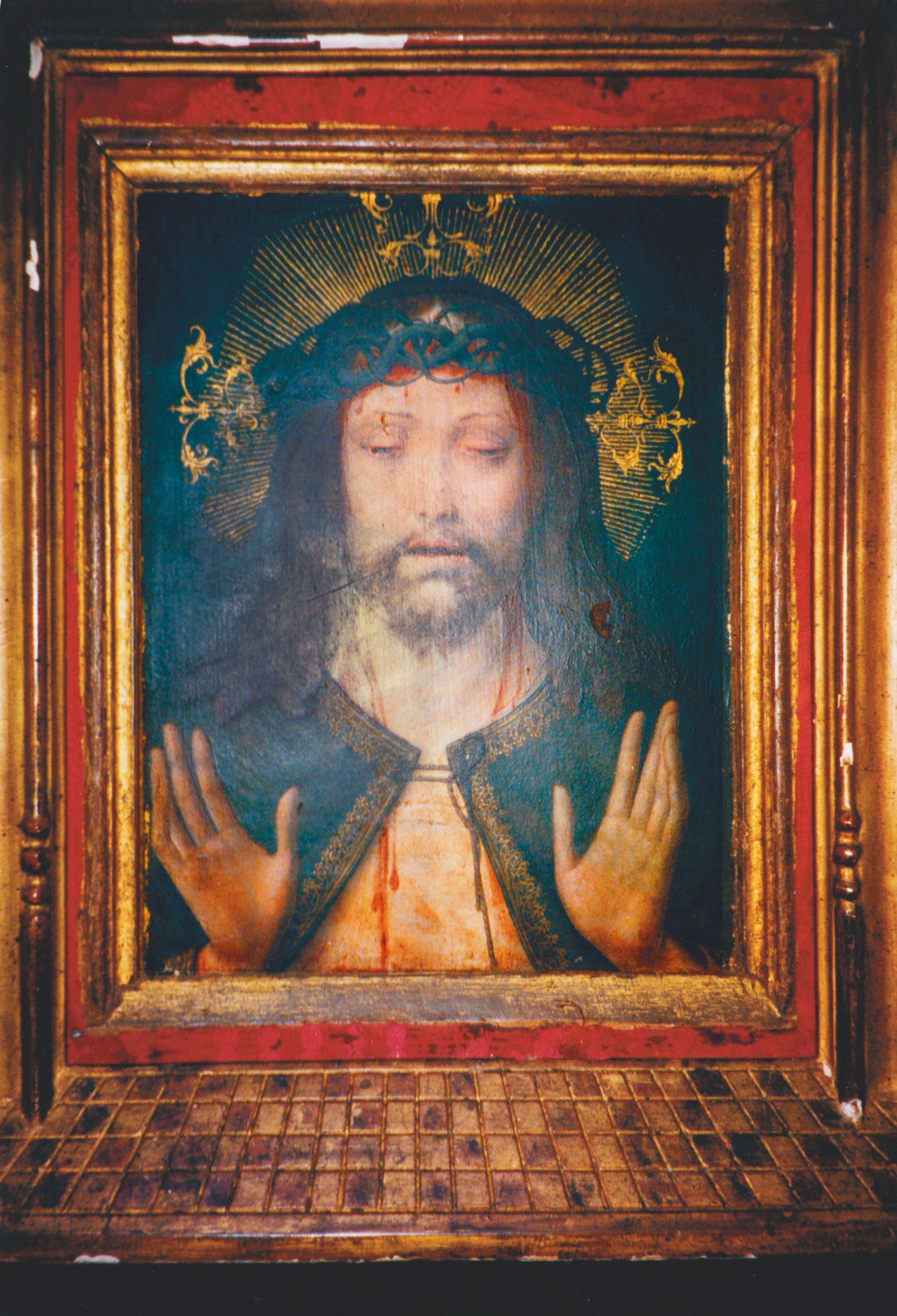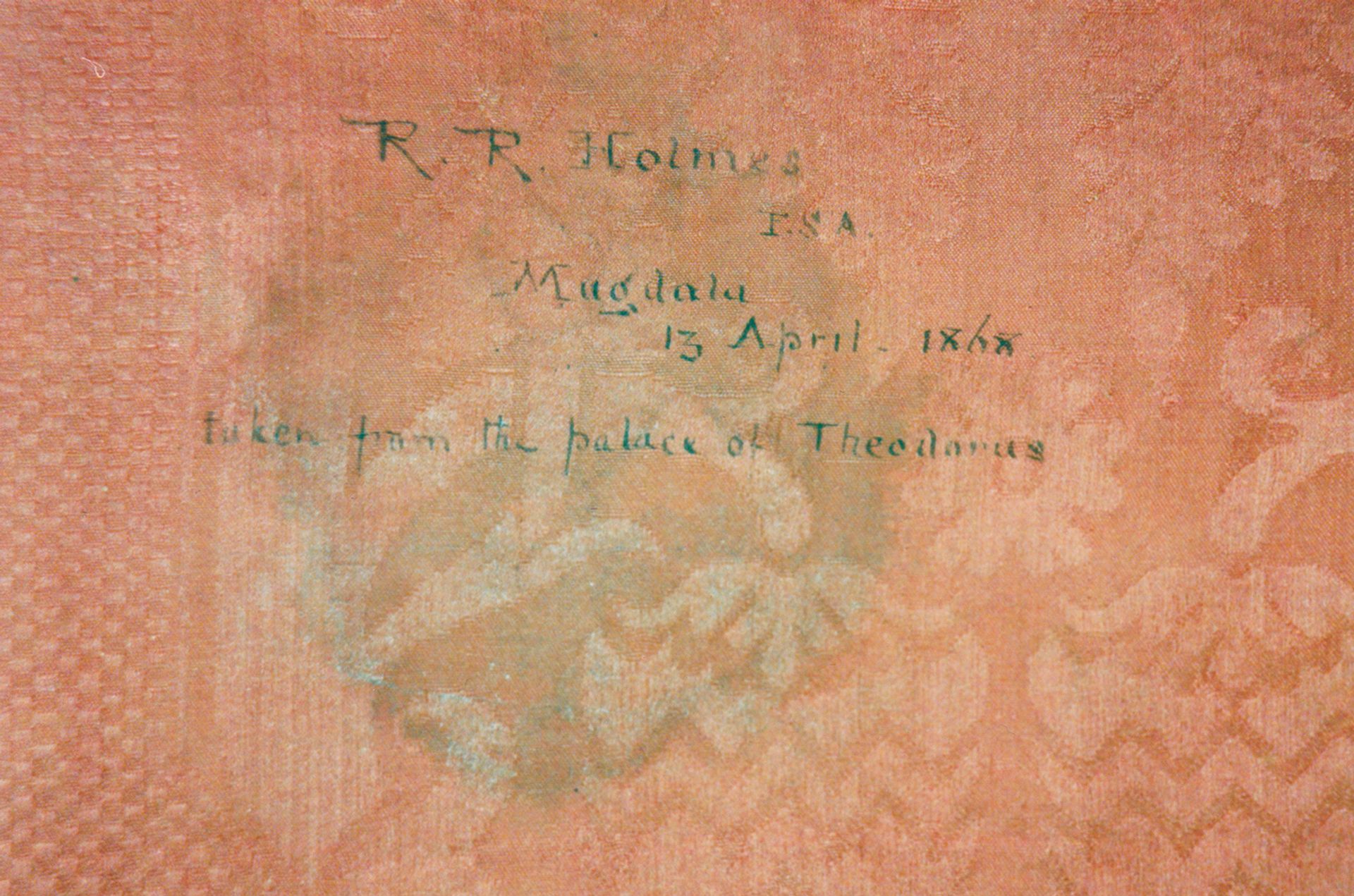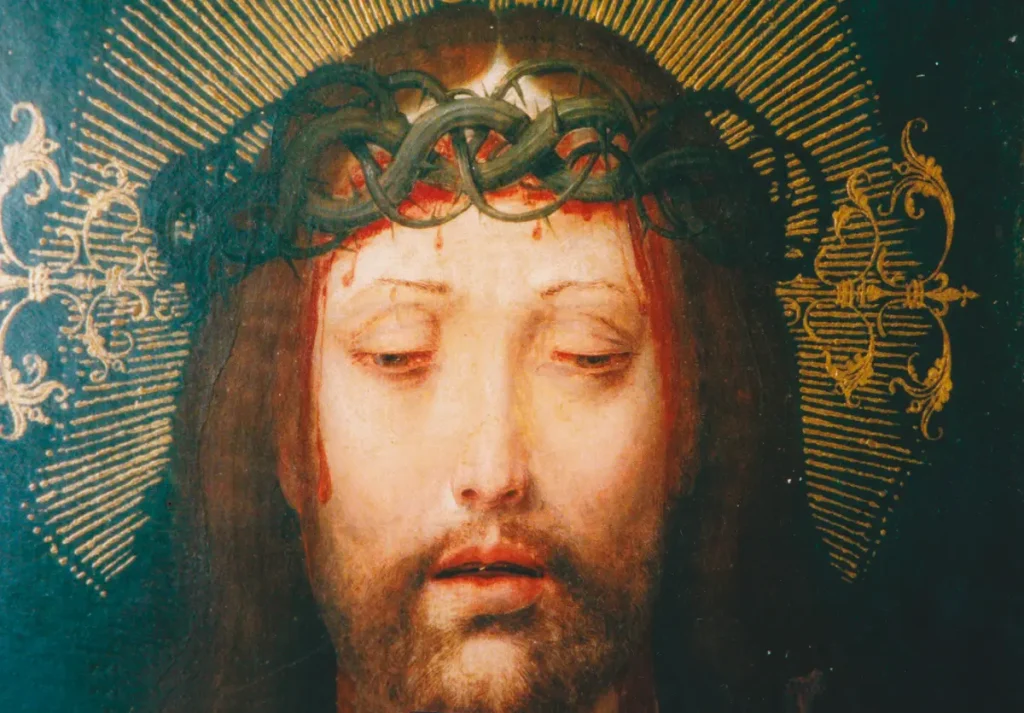Introduction
In the annals of history, certain art thefts stand out not just for their audacity but for the remarkable journeys that the stolen artworks undertake. Among these stories, the seizure of the 500-year-old Ethiopian painting of Christ, known as the Kwer’ata Re’esu, in 1868 by British Museum agent Richard Holmes, remains a captivating tale. This stolen masterpiece has remained shrouded in mystery for over a century, but an investigation by The Art Newspaper has uncovered new details that shed light on its tumultuous history.
The Battle of Maqdala and the Mysterious Disappearance
Among the greatest cultural losses suffered by Ethiopia during the Battle of Maqdala in 1868 was the theft of the Kwer’ata Re’esu. Richard Holmes, entrusted with the mission to retrieve manuscripts and antiquities, looted the iconic painting but failed to hand it over to the British Museum upon his return to London. Instead, he kept the artwork hidden, evading the museum’s involvement.
The Elusive Owner and Discovery
The Kwer’ata Re’esu remained hidden from the world until 1998 when The Art Newspaper tracked it down in a Portuguese bank vault. At that time, the owner’s identity remained a well-guarded secret. However, recent developments have revealed that Isabel Reis Santos, based in Coimbra, Portugal, is the heir of the Portuguese art historian Luiz Reis Santos, and she personally showed the painting to The Art Newspaper.

A Cross-Cultural Masterpiece
The Kwer’ata Re’esu has a fascinating cross-cultural history. Painted in Europe around 1520, it likely originated from either Iberia or Flanders. It then found its way to Ethiopia, where a religious inscription was added in Ge’ez, the ancient liturgical language. The painting became a holy icon for successive Ethiopian emperors and played a pivotal role in Ethiopian history.
Survival and Artistic Attribution
Remarkably, the 500-year-old painting has survived in relatively good condition despite its tumultuous journey. Art historians have attempted to attribute the work to various European artists based on a 1905 black-and-white photograph. The recent discovery of a colour image may finally allow for a secure attribution. Previous attributions have included Flemish artists like Quentin Matsys and Portuguese painters such as Lázaro de Andrade.
Mystery Surrounding Its Arrival in Ethiopia
The circumstances of the painting’s arrival in Ethiopia remain shrouded in mystery. It could have been brought by Jesuit missionaries or presented to an Ethiopian diplomatic mission visiting Portugal. The addition of an inscription in Ge’ez in the early 17th century solidified its importance as a religious icon in Ethiopia.
Holmes’s Role in the Story
Richard Holmes played an intriguing role in this saga. After seizing the Kwer’ata Re’esu, he also sketched a deathbed portrait of Emperor Tewodros II, who had recently committed suicide. Holmes then embarked on a journey to London with his loot, including the iconic painting, which he kept for himself. Two years later, he was appointed as Queen Victoria’s royal librarian.


From Obscurity to Public Knowledge
The Kwer’ata Re’esu remained a secret until 1905 when an article titled “A Flemish picture from Abyssinia” appeared in The Burlington Magazine. Holmes, or his nephew Charles John Holmes, may have authored the anonymous article. The painting briefly resurfaced at Christie’s in 1917, but its Ethiopian origins were not recognised.

`A Recent Revelation and Export Ban
In 2002, the Portuguese Ministry of Culture issued an order preventing the painting’s export without specific authorisation. However, the painting’s Ethiopian origins and its title, the Kwer’ata Re’esu, were not disclosed in the order, leading to a lack of awareness about its significance.
The Call for Restitution
As awareness grows about the Kwer’ata Re’esu’s true history, there have been calls for its restitution to Ethiopia. The Scheherazade Foundation has been at the forefront of efforts to return Maqdala treasures, and they now seek the return of this sacred Ethiopian icon. Restitution would require the approval of the Portuguese government.
Conclusion
The Kwer’ata Re’esu, a stolen masterpiece with a remarkable journey through history, continues to captivate with its enigmatic origins and elusive path. As calls for restitution to Ethiopia gain momentum, the story of this 500-year-old painting is far from over, promising further chapters in its intriguing history.
Feature Image: The colour image of the Kwer’ata Re’esu (detail above, full image below) can be seen for the first time after The Art Newspaper tracked it down in Portugal, in the possession of an heir of Luiz Reis Santos, who bought the painting in 1950| Courtesy: Martin Bailey (photograph), The Art Newspaper
World Tourism Day: 9 Prehistoric Caves to Explore in Your Next Travel Adventure.

Contributor





